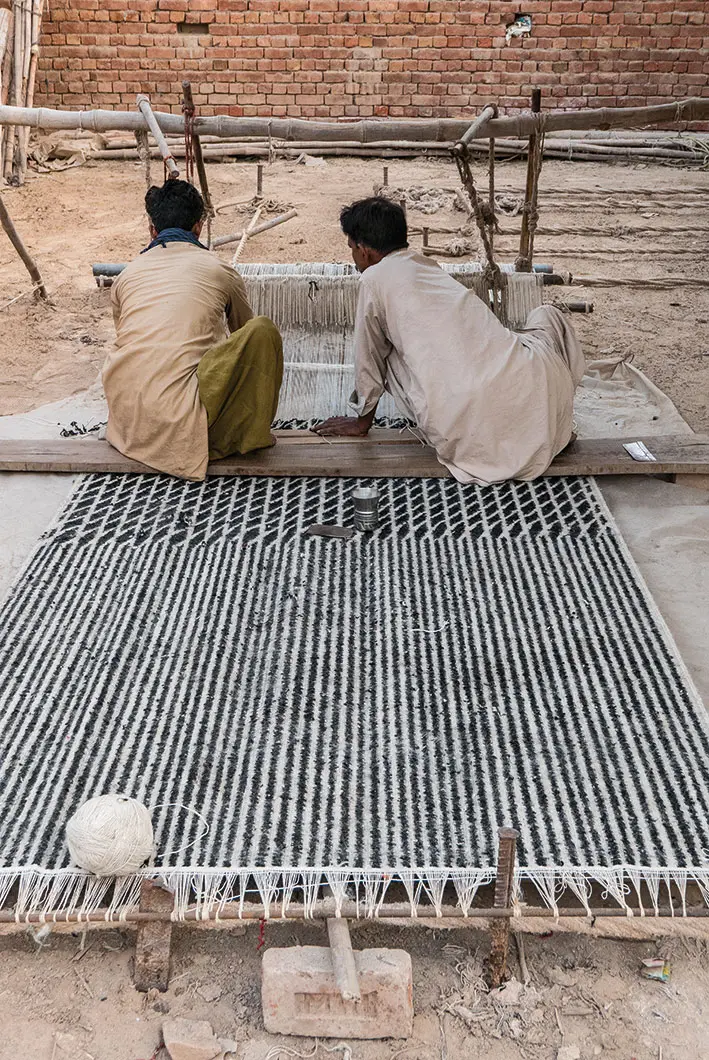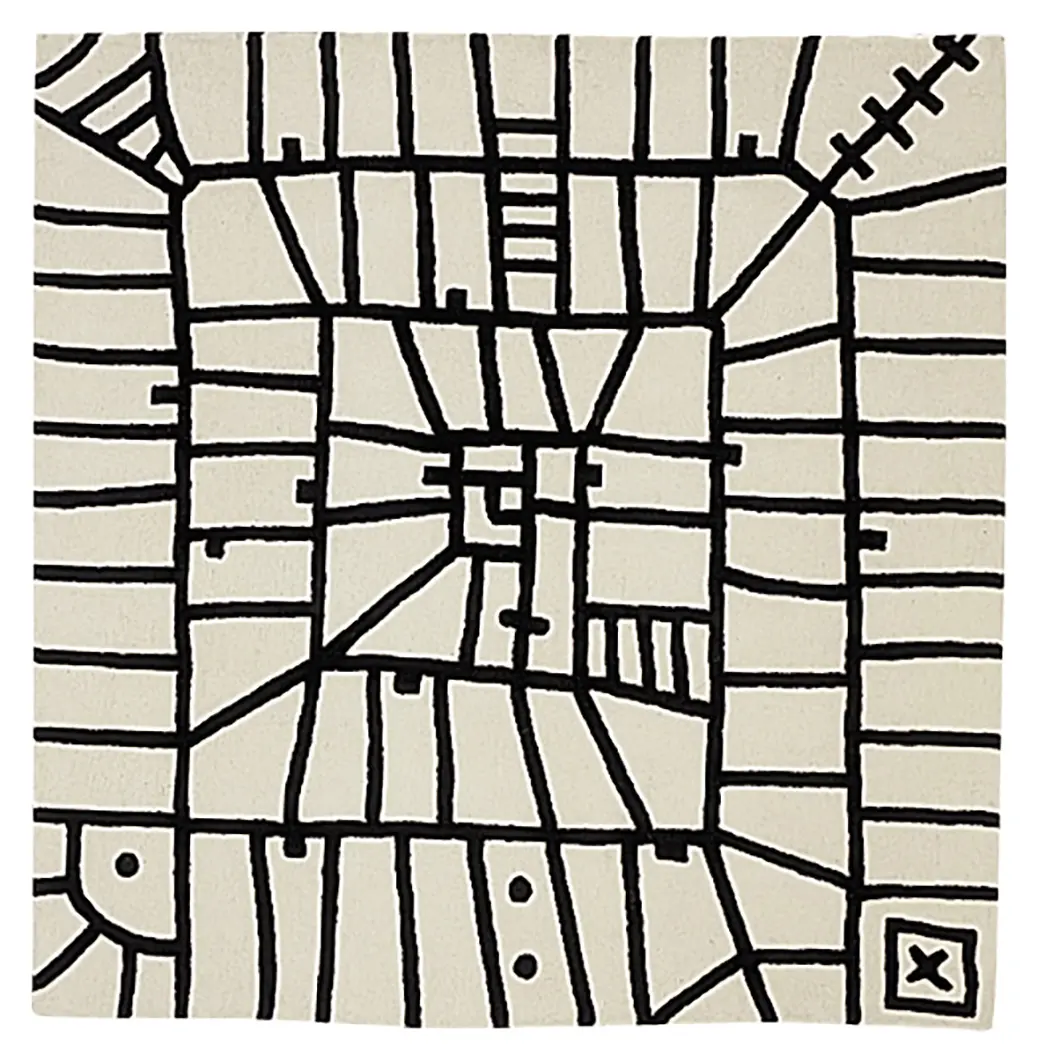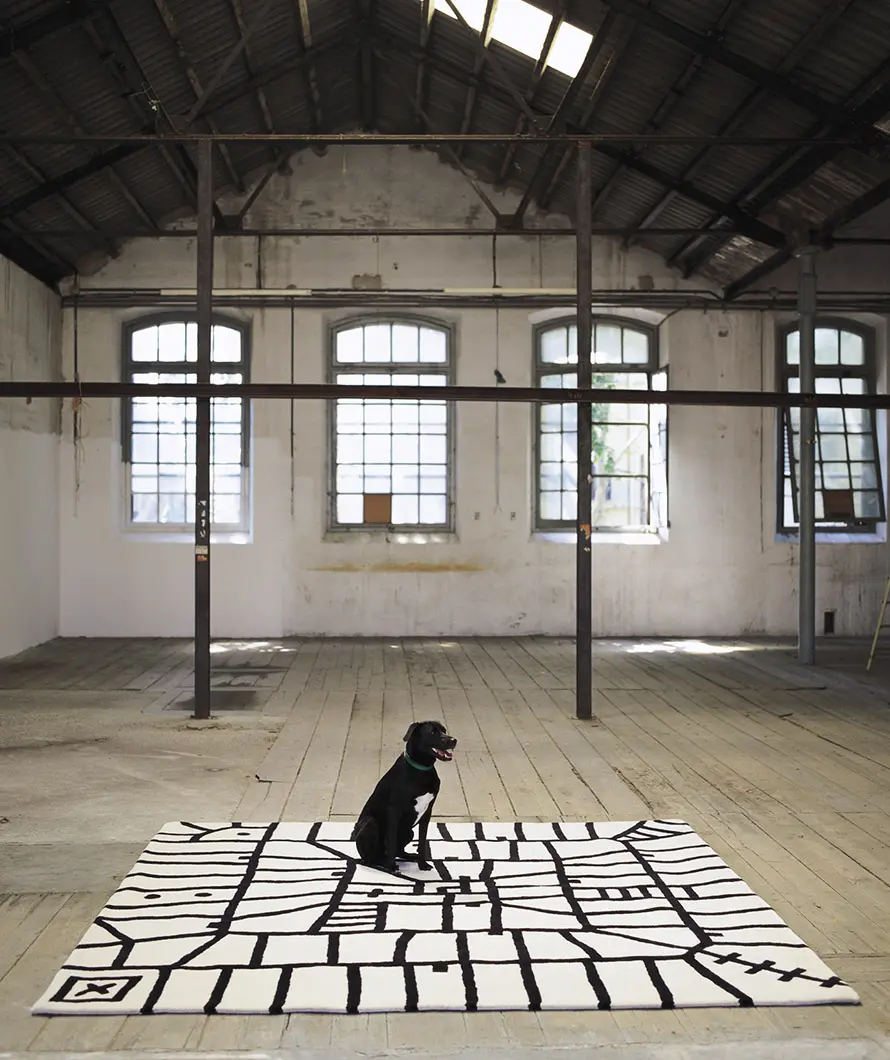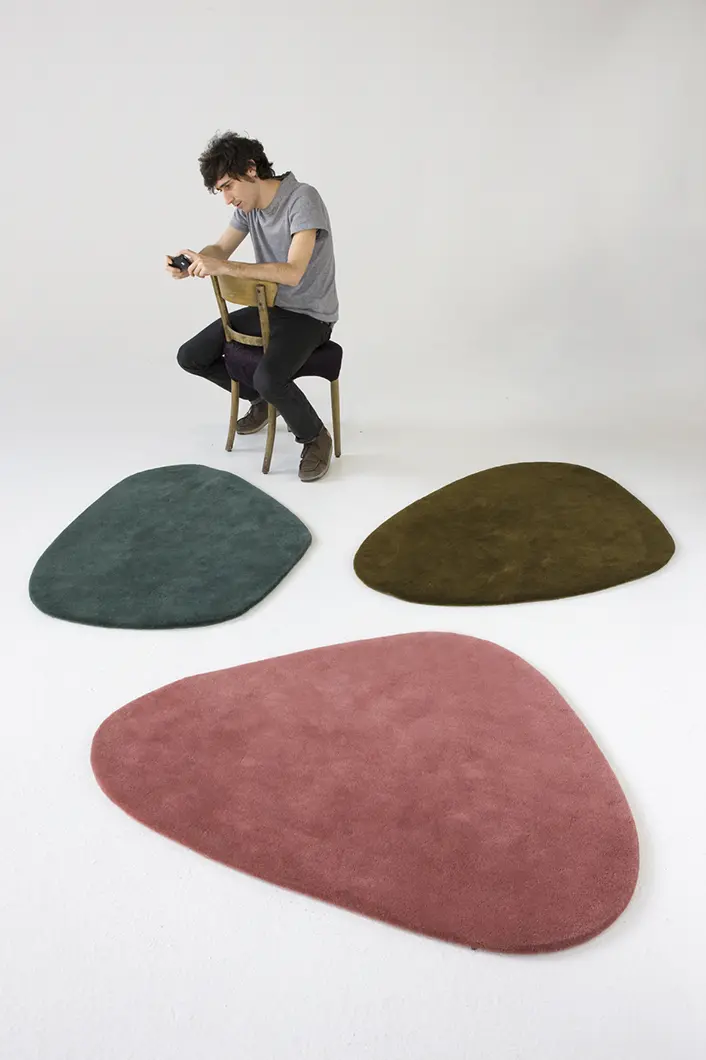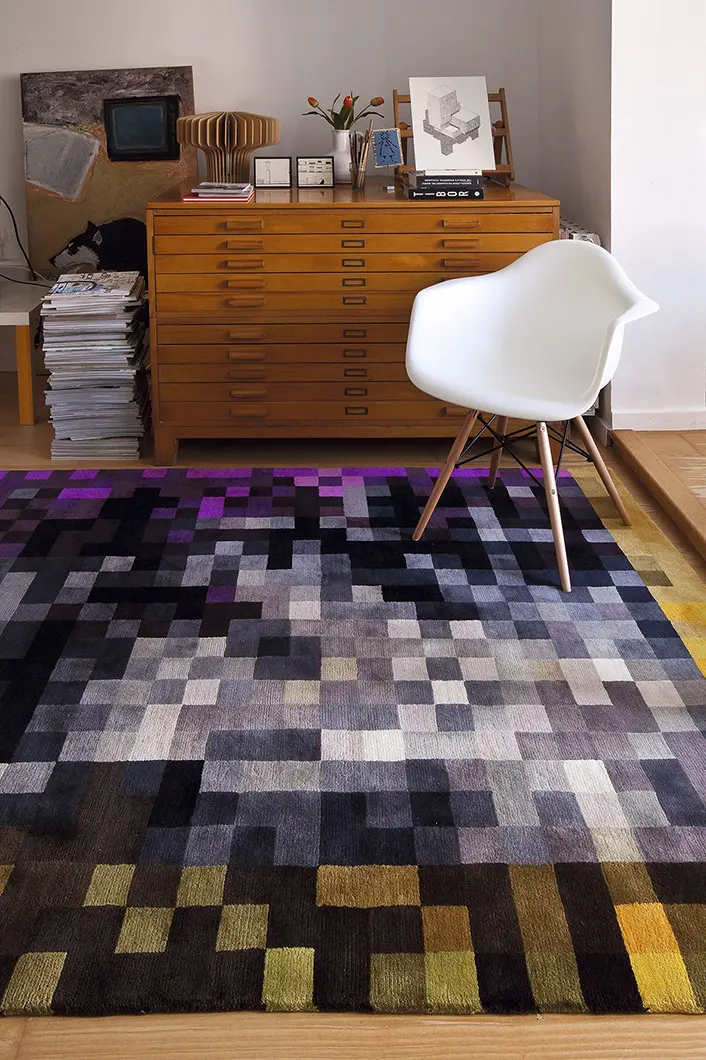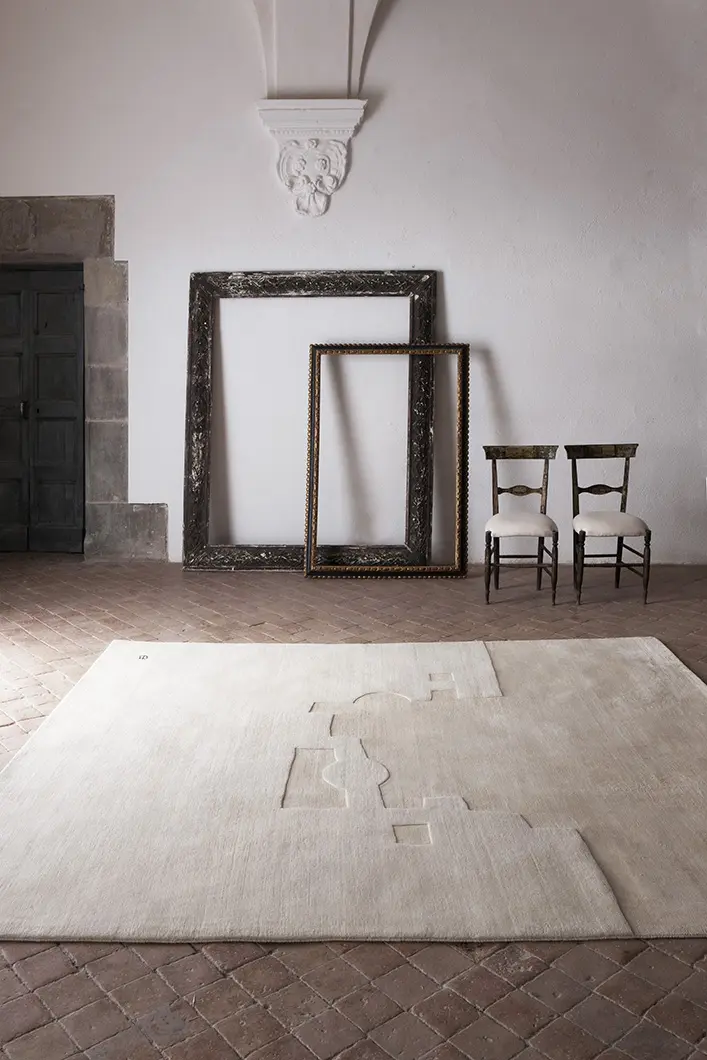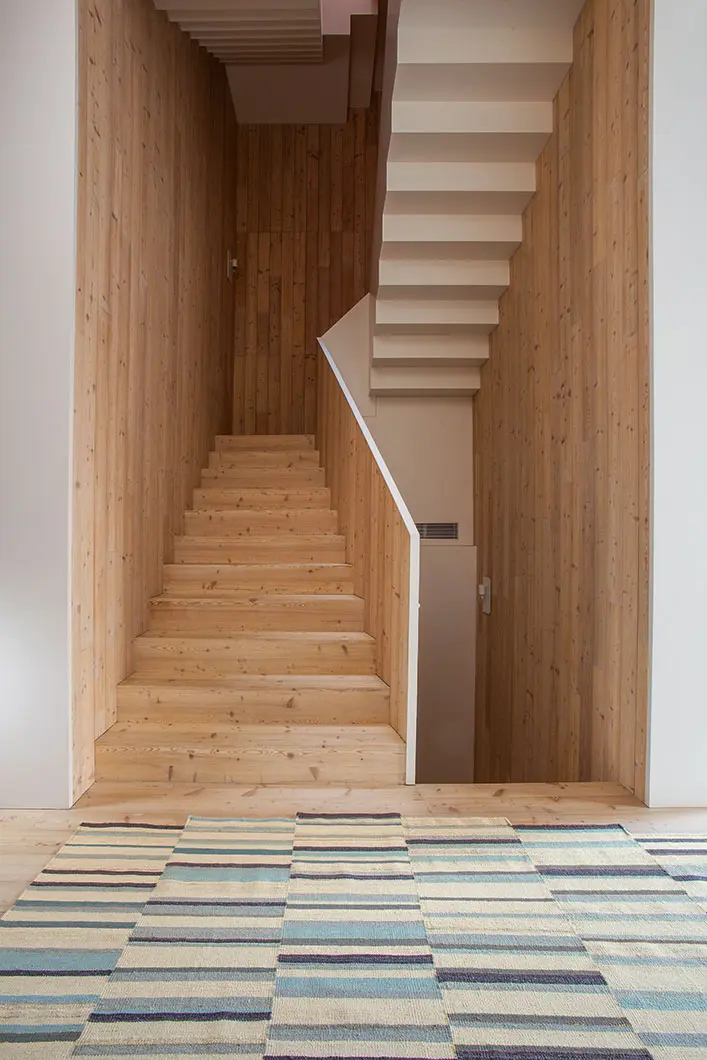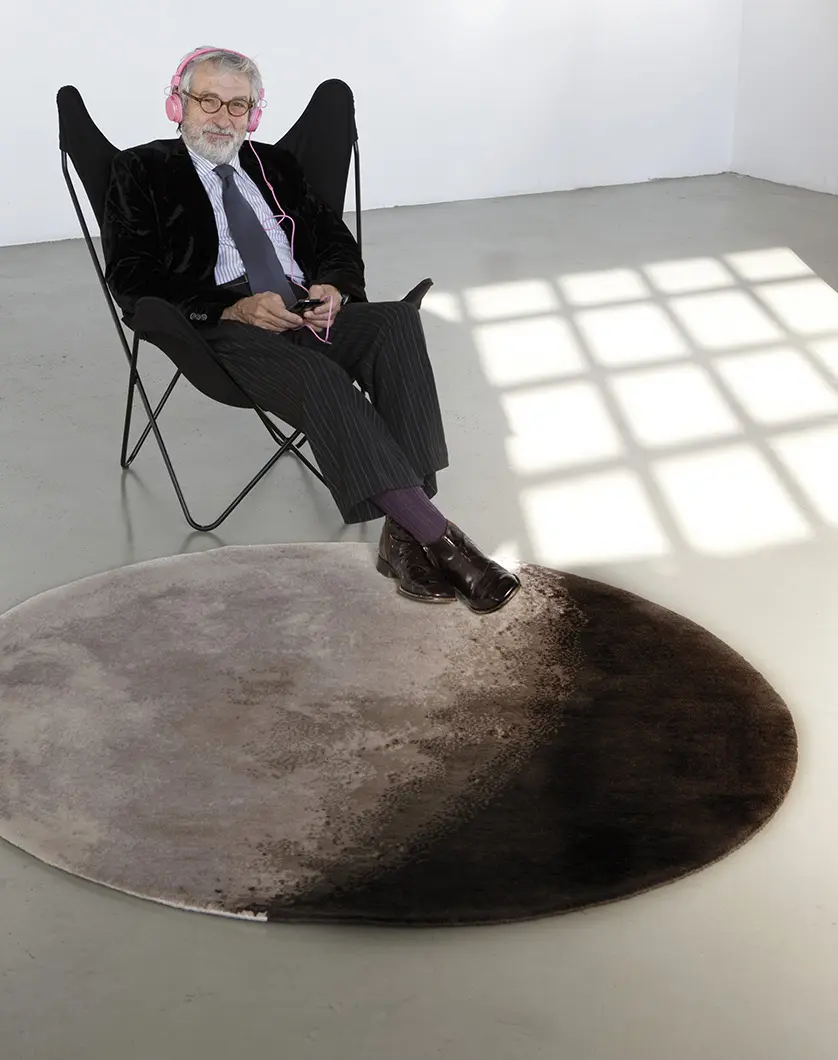From BIG to David Chipperfield, Frank Gehry to Snøhetta: a world tour of the best buildings set to open in 2026
Interview with Nani Marquina, CEO of the eponymous cult rugs brand
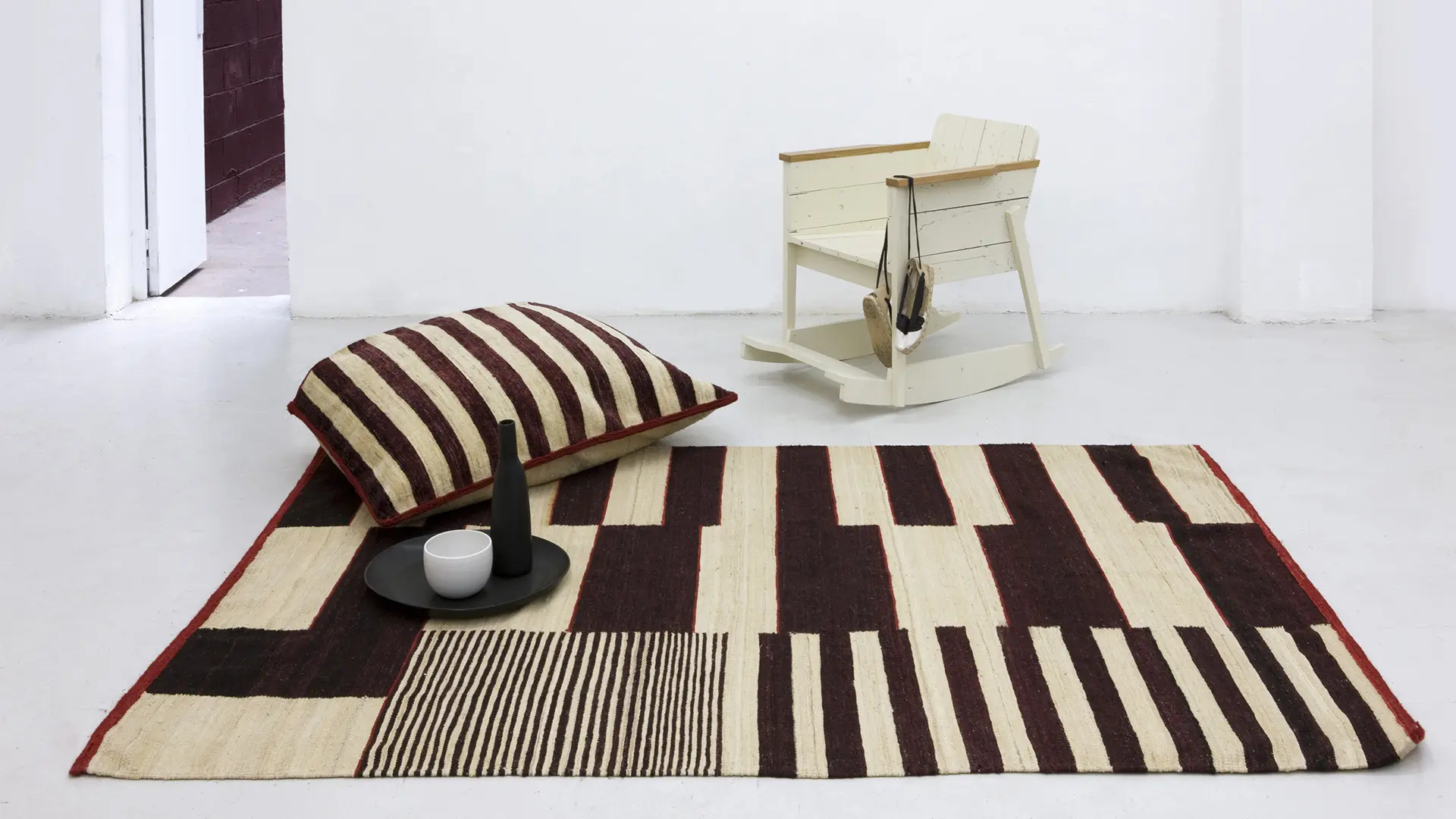
MEDINA (kilim) designed by Nani Marquina
Handmade in the best possible fibers, Nanimarquina products have been an example of the beauty and high quality craftmanship can achieve. The interview with brand’s CEO.
The daughter of an important industrial designer (Rafael Marquina), she remembers growing up in a house where household everyday items were given special attention. Maybe this had an impact in how later on Nani Marquina who started as an interior designer became interested in designing and producing rugs, building a remarkable company that has turned into a cult brand for which many of the best international designers have worked. Handmade in the best possible fibers, her products have been an example of the beauty and high quality craftmanship can achieve.
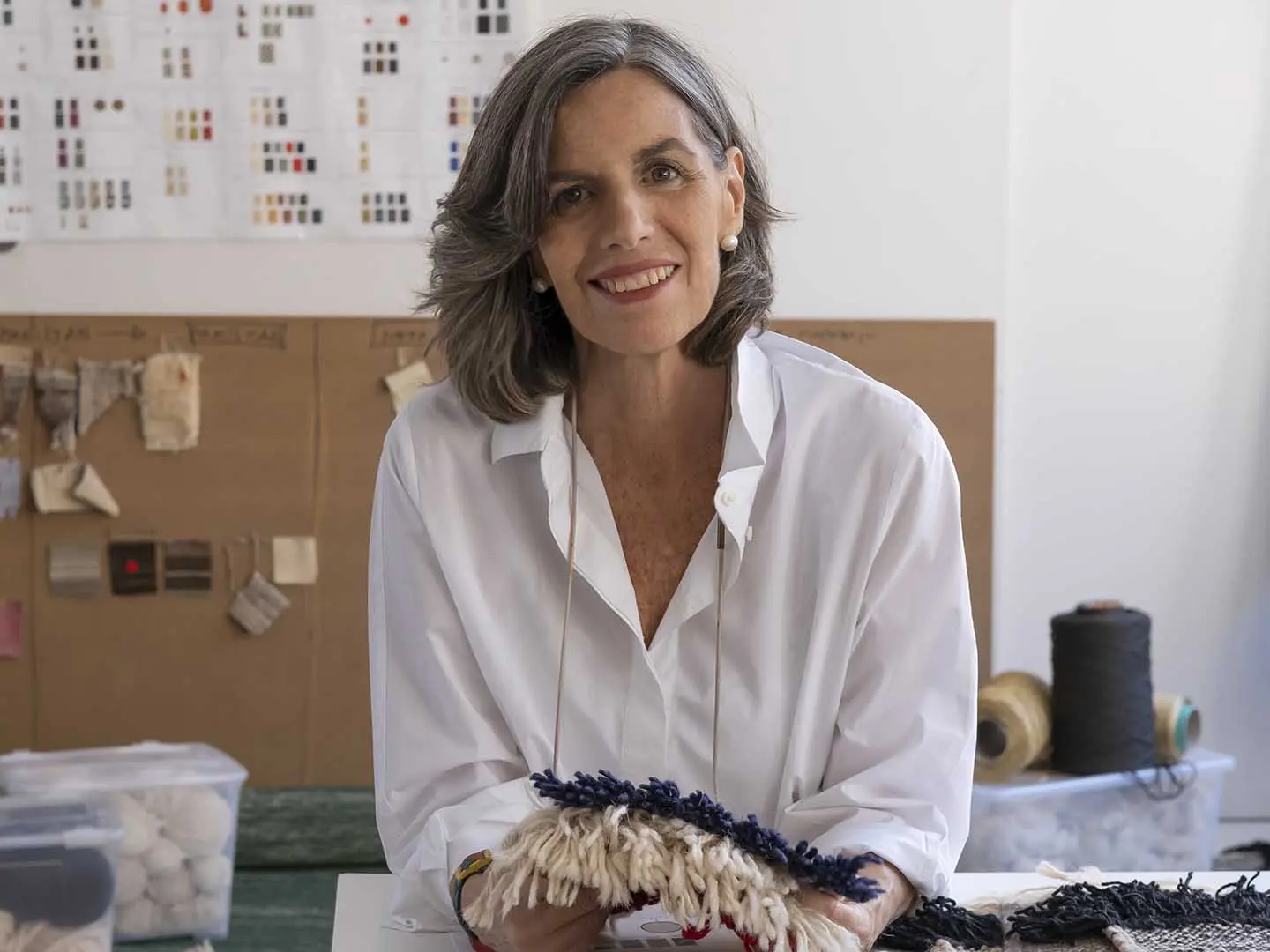
Nani Marquina, Portrait
No, I think he was wrong; he wanted to protect me because in those years design was kind of a chimera. I like challenges and the fact that he advised me against it possibly generated more interest in me. At that time, I did not understand his concern because he was precisely a designer (Rafael Marquina was a very important Spanish designer ed). Later, over the years, I discovered the difficulties that were there but I was already involved in it and I never thought of giving up.
I always say that I dedicated myself to rugs by chance because in the 80s, when I started, there was this gap in the contemporary carpets for the home area. On the other hand, there were design companies dedicated to upholstery, furniture manufacturing, lighting, etc. but I saw that carpets were missing. Likewise, over time I have discovered that the floor is something important to me, surely because it is what sustains me (if not I go through the air). I love to observe all types of floors and it is the part that interests me the most in a space. Whether it is from a built space or from nature itself.
More than transforming, a rug has the ability to help define the style, character or atmosphere that we want to create in the space. Be it the color, the style, the fibers used ... rugs help us to generate the message we want to build. After all, they are large surfaces that impact space.
No, they were mechanical and were made with pieces of high quality wall-to-wall carpets sewn from behind. For this reason, they were very simple, highly graphic rugs, visually impressive but the technique conditioned the drawing. I used only a few colors, which made them very impressive. The first three rugs were Manhattan, a representation of the NY skyline, a second called N and the third called CENTRO, with lines and a square.
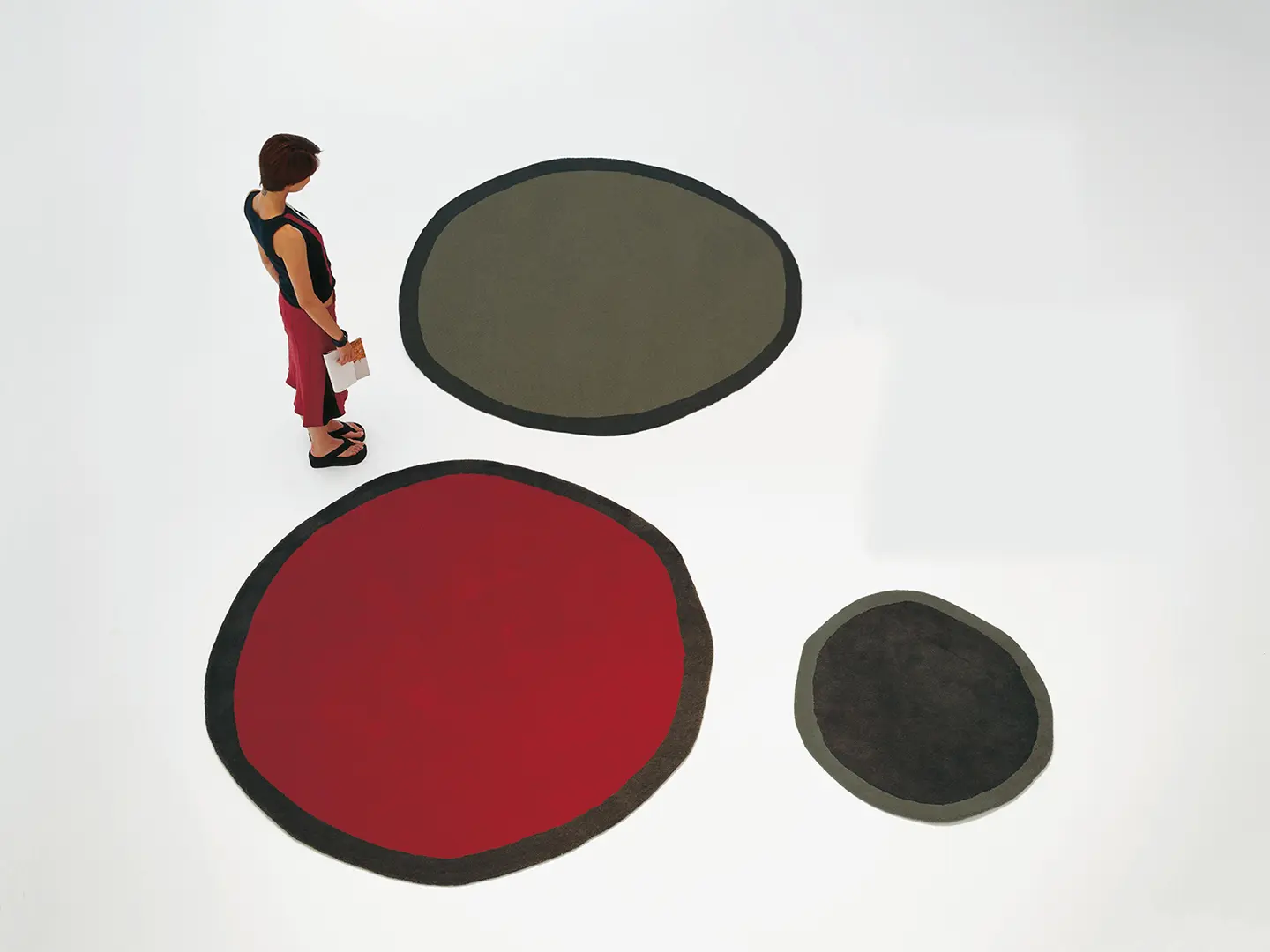
AROS designed by Nani Marquina
We decided to move production to India in 1993. The main reason was because mechanical production here in Spain limited us a lot in terms of design. It was not done for a price issue, but because a designer needs to work without limits and making mechanical rugs entailed having many creative limitations. As a result of producing there, we offered a higher quality product, with more design and at a more reasonable price. We can say that this fact saved the company from the competitors
It was not my intention, I always say that when I connected with crafts it was in 1993 accidentally in India. Upon discovering its values, I have not been able to stop defending it and promoting its qualities, goodness and benefits. At that time, I felt like a freak when I talked about crafts and manual work because everything produced mechanically was still on the rise.
Few designers before starting the work have such a clear idea of what they want; in this case the Bouroullec brothers were very clear that they wanted to unite contemporaneity with tradition. And as a result of this requirement, we began to work in Pakistan, having previously been aware of the qualities of kilims and Afghan refugee weavers. They were able to capture in the Losanges carpet these two values: contemporaneity + tradition.
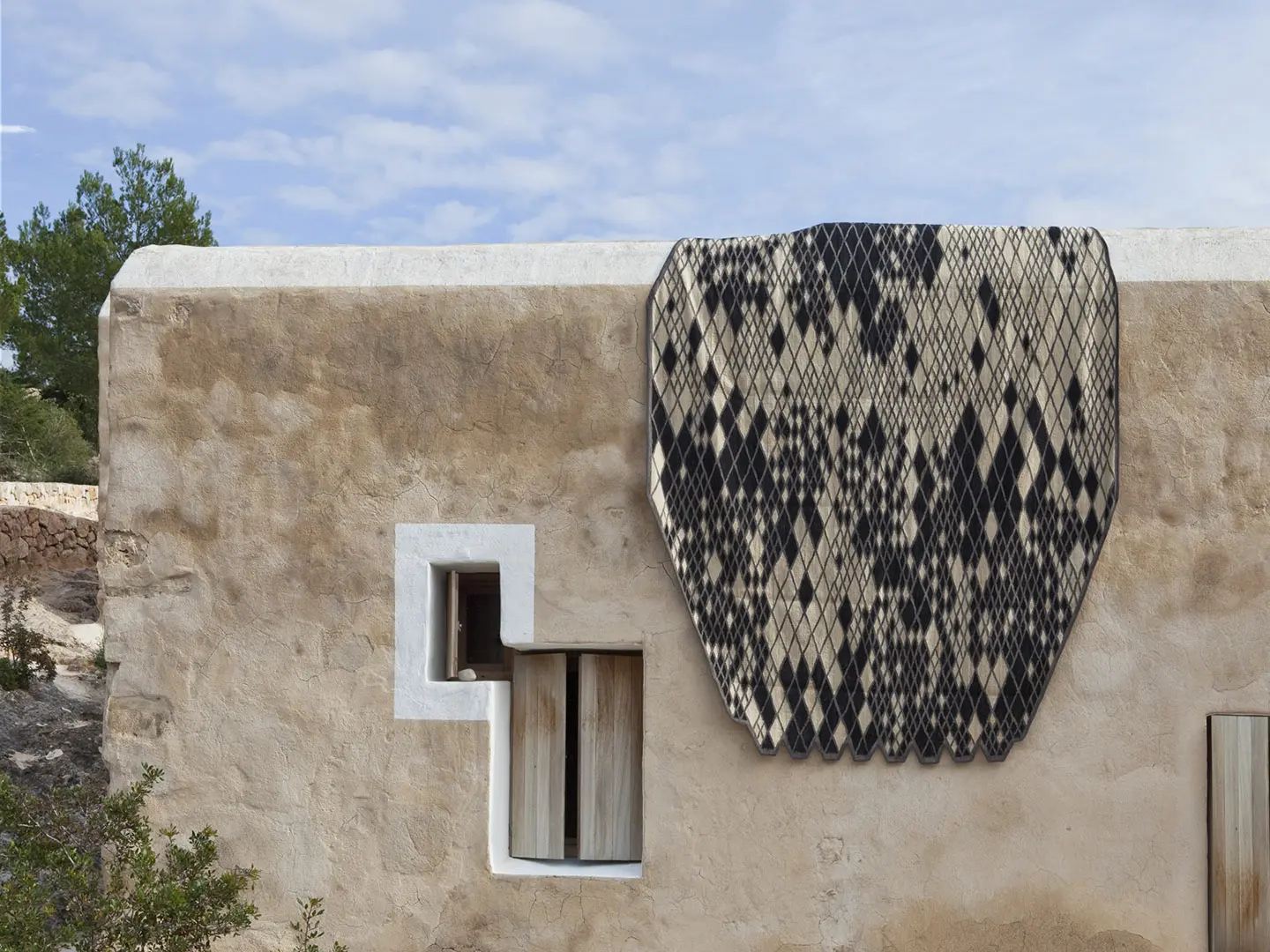
LOSANGES (kilim), designed by Ronan and Erwan Bouroullec
I think it is important that simply with the visual you can discover what the sensation will be when you touch it.
In all of Nanimarquina's career, the two rugs that have been most significant have been CUADROS (1996), because it meant the audacity to mix 6 colors reproducing wool tiles, and TRES (2016) where the idea was to represent the values of weaving and craft techniques through a rug made in three different parts.
The vision is that we are going to buy from home but there will also be shops that will be like small spaces where the values of the products are better communicated and where you can see the selection that they offer us online, we would be excited to see them and enjoy a pleasant time. As it happens to us now when we go to see an art gallery / museum etc. The stores will become art galleries with the product very well exhibited and will generate experiences that will add value and sensations to motivate the online purchase.
When you choose a rug for your space, you have previously decided how this space will be. This place talks about you because you build it according to your sensitivity, character, according to your way of being through colors, materials, arrangement of elements ... Colors, textures, materials speak a lot about ourselves / connect a lot with us in the same way that rugs do.
The most important thing about buying a rug is the fact that you fall in love with it, and if that happens, it is because you have created an environment for it. There is no room for mistakes in that equation. Sometimes looking for the perfect combinations makes us end up choosing the wrong piece.
I am fortunate that my daughter has lived the company from a very young age working in it, and with a different vision due to the fact that she does not have a creative profile. She has a lot of character and puts a lot of effort into directing and, on the other hand, I have a much more creative and artistic profile. For this reason, we complement each other very well and share the projects 100%, each one contributing with her vision.

A Matter of Salone: the new Salone communication campaign
From a reflection on humans to matter as meaning: the new Salone communication campaign explores the physical and symbolic origins of design, a visual narration made up of different perspectives, united by a common idea of transformation and genesis


Salone 2025 Report: The Numbers of a Global Event
Data, analyses, and economic, urban, and cultural impacts. The second edition of Salone del Mobile’s “Milan Design (Eco) System” Annual Report takes stock of a unique event and consolidates the fair’s role as the driving force behind Milan as the international capital of design



 Stories
Stories
